
As we enter a long weekend and so many of us pack our bags and travel, be it back home to visit family and friends (and to pick up Easter Eggs of course) or merely to escape the city life for a day trip, we thought it fitting to introduce you to Millican. Millican are a travel and outdoor lifestyle brand for eco-friendly travellers and curiously deep thinkers alike. Based in the Lake District, Millican is named after Millican Dalton (1867-1947), a self-styled “professor of adventure” who gave up a career as a London insurance clerk for life in a Borrowdale cave. Millican blazed the trail for simplicity, sustainability, and self-sufficiency long before our times. Today, Millican combines a passion for vintage travel bags, the outdoor life and all things functional with a shared passion for a more sustainable life. Here we talk to one of the co-founders of the brand, Jorrit Jorritsma about the beginnings and evolution of the brand before being introduced to the bags. People are everything to the brand. From the friends who inspire the creations themselves to the producers and experts which surround the brand and over the course of the interview we learn that bit more about all of them...

SS: What were your inspiration, your dreams, and the driving catalyst behind Millican?
Millican: Much of my drive to set up Millican began as a reaction to my previous working life, fulfilling as that had been. Over the years, overseeing global operations for Kangol had proved demanding in terms of work-life balance. After we swapped city life for life in the Lake District, foreign work travels placed an additional pressure on home life. I began to feel – if I’m investing all this time into work, wouldn’t it be wonderful to build something myself? As I found myself overseeing increased turnaround times on fashion trends at Kangol, I also began to feel internally conflicted about my passion for sustainability. I love the creativity in the fashion world, but was looking for a way to channel this creativity into a more sustainable direction. The time seemed right for change and Nicky, my wife, and I embarked on creating our own company.
For years, our daily inspiration had been outdoor life, a love of travel, and connecting with other people. All these elements seemed focused in the travel bags that were so often our companions. I’ve always been mad about bags, so it was a short step to wanting to produce our own bags. A further inspiration on our doorstep was the example of Millican Dalton, a man who had given up life as a London insurance clerk in the early 1900’s to pioneer sustainable living in the Lakes. Millican Dalton’s passion for nature, eco-friendly living, and shared adventuring became a new compelling influence. From this amalgam of influences was born Millican. Our dream was to produce travelling bags equally at home on exotic journeys, outdoor adventures, and everyday urban life. Drawing on classic styles like the Gladstone bag, we wanted to produce bags with vintage style and contemporary flair for the modern market. Our dream was also to create a business that encouraged people to think about their own conscious choices about sustainability and eco-friendly living. For us, our place in the world of style and fashion comes from having taken a proven, timeless angle on travel bags, combining it with rigorous functionality, and using modern technology to improve product sustainability. We want to make products that will outlive us and be enjoyed by future generations too.
SS: The brand follows the path left by eco-adventure nut and godfather of sustainable living, Millican Dalton, but what does Millican the brand mean to you?
Millican: The brand allows me to feed a passion for travel, the outdoors, and bags. Much of my love of travel and travel bags comes from my earlier childhood spent in Holland, often engrossed in reading about Victorian expeditions, hardened explorers, and sea-faring and other travel adventures. At the same time, the company has enabled us to create a story-telling forum to contribute to the increasing number of businesses and brands who really care about sustainability. Through this forum, we hope we can inspire our customers to make a difference in their own lives through more informed choices about what they consume. Being open on our website about our organic and recycled materials, ethical working relations and other sustainable choices are central to this.
Let’s be clear. We’re by no means eco-warriors. It’s just that we take our generation’s responsibility to make the changes required to improve the future for people and planet very seriously. We strongly believe in consumer power. Each of our daily decisions can quickly add up to a tidal wave of change for the better.
Millican: The brand allows me to feed a passion for travel, the outdoors, and bags. Much of my love of travel and travel bags comes from my earlier childhood spent in Holland, often engrossed in reading about Victorian expeditions, hardened explorers, and sea-faring and other travel adventures. At the same time, the company has enabled us to create a story-telling forum to contribute to the increasing number of businesses and brands who really care about sustainability. Through this forum, we hope we can inspire our customers to make a difference in their own lives through more informed choices about what they consume. Being open on our website about our organic and recycled materials, ethical working relations and other sustainable choices are central to this.
Let’s be clear. We’re by no means eco-warriors. It’s just that we take our generation’s responsibility to make the changes required to improve the future for people and planet very seriously. We strongly believe in consumer power. Each of our daily decisions can quickly add up to a tidal wave of change for the better.
SS: Talk us through your current collection...
Millican: We produce travel and outdoor bags & accessories, largely made with weatherproofed organic cotton canvas, waterproof recycled polyester, and vegetable tanned leather. Based on classic shapes & fabrics, using modern technology to upgrade to more sustainable materials, with additional functionality & design detail to fit our own era.
Dave the rucksack – the grand-daddy of our collection, a direct link back to Millican Dalton who used to make his own rucksacks. This is a true Lakeland pack, though highly functional in an urban environment as well as up on the fells. Our rucksack has removable sternum and waist straps for maximum flexibility, easy access with top and side entries, multiple pockets (including two water bottle pockets on the side), very comfortable straps and back panel, and a built-in waterproof cover. It is named (like all our products) after a local Lakes friend – Dave Lamb (a sheep farmer, no joke), tough as nails - just like the rucksack that bears his name.
Dave the rucksack – the grand-daddy of our collection, a direct link back to Millican Dalton who used to make his own rucksacks. This is a true Lakeland pack, though highly functional in an urban environment as well as up on the fells. Our rucksack has removable sternum and waist straps for maximum flexibility, easy access with top and side entries, multiple pockets (including two water bottle pockets on the side), very comfortable straps and back panel, and a built-in waterproof cover. It is named (like all our products) after a local Lakes friend – Dave Lamb (a sheep farmer, no joke), tough as nails - just like the rucksack that bears his name.
Mark the field bag - a shoulder bag to complement Dave. This bag features two external pockets underneath the main flap, one external back pocket with popper closure, and four internal pockets, including a zipped one and a sleeve for a slim laptop up to 14”. Mark has a comfortable, adjustable shoulder strap and separate leather carry handle. Ideal for everyday use and travel.
Stewart the courier bag – again, a shoulder bag but large enough for overnight use or as a substantial work bag. You can happily carry a laptop, papers, and plenty else inside Stewart. An unusual roll-top closure keeps out bad weather and unwanted hands. Stewart enjoys the same layout as Mark with four internal pockets, albeit bigger, and two extra side pockets. The generous capacity provides room for a 17” laptop within a padded all-around and with leather feet for extra production. Stewart’s got a removable shoulder strap and two additional carry handles on top. A great courier bag.
Harry the Gladstone bag – still fitting EC size regulations for hand luggage, Harry is our overnight / weekend bag. Inspired by the Victorian Gladstone classic, Harry opens wide, allowing easy packing. Externally, we’ve added three outside pockets, including an organizer compartment and a water bottle pocket. Inside, we’ve inserted a larger padded laptop sleeve plus a rolled-up false bottom – to separate shoes from clothes, or personal from work stuff. The same detachable shoulder strap runs across the bag for greater carrying comfort, in addition to two large carry handles.
Finally, all these bags are complemented by two toiletry bags (Peter, the doctor’s wash bag, and Jonathan, the wash roll), two food-grade, stainless steel drinks bottles, a Herdwick wool insulated drinks cooler and four hand-made, oak bark tanned bridle leather wallets and a Moleskine cover. All in all, enough there for a comprehensive personal travel collection.
SS: Craft and local manufacture are obviously very important to you and are dear to us too at Style Salvage. Can you talk us through some of the process involved in creating your bags and accessories?
Millican: Closest to home, we’ve dragged Vera out of Kangol-retirement to help us with the cooler products. Vera was one of Kangol’s most experienced milliners, and in fact Kangol’s last remaining UK milliner at that. We bought a reconditioned industrial sewing machine, which Vera uses to prepare the Herdwick lining before finishing off the cooler products when they come in from Henry’s family-run factory in China. Vera’s also been instrumental in our sampling process so far, as well as creating the canvas backdrops for our show stands and new retail fixtures we’re trialling this summer.
We purchased our bridle leather from JF&J Baker in Devon, the only remaining UK oak bark tannery – apparently, there’s been a tannery on their site since the Roman times … Our leather goods are hand-made in the heart of UK leather-land, Walsall in the Midlands, by one of the country’s few remaining leather specialists. Although we originally sampled our bags with another UK manufacturer (Chapman bags in Carlisle), we found it impossible to make this commercially viable. A real shame. Having said that, we have since found a fantastic partner in Henry Law and his small team in southern China. Henry has been very supportive from the start, and very keen to continue to upgrade his business with the use of organic and recycled materials and practices. He also farms, providing the vegetables for his own team as well as various factories around him. And is mad about tea, as I am …Ultimately they all have one passion in common – a passion for quality & attention to detail. A perfect starting point for us.
SS: People are everything to the brand. From the friends who inspire the creations themselves to the producers and experts which surround the brand. Could you introduce us to a few of them?
Millican: Our friends, partners and collaborators are the stuff of life to us. Because our life in the Lakes is central to our ethos, we chose to name our products after the strong personalities in our lives – a reflection of the robust but subtly different identity we see in each of our bags.
Harry is our Gladstone’s namesake. One of our most dynamic friends, Harry is always on the go. He splits his life between work in London and outdoor adventures up on the local fells. Perfect inspiration for a Gladstone bag that we see being equally suited to tough city use and wider travels.
Millican: Our friends, partners and collaborators are the stuff of life to us. Because our life in the Lakes is central to our ethos, we chose to name our products after the strong personalities in our lives – a reflection of the robust but subtly different identity we see in each of our bags.
Harry is our Gladstone’s namesake. One of our most dynamic friends, Harry is always on the go. He splits his life between work in London and outdoor adventures up on the local fells. Perfect inspiration for a Gladstone bag that we see being equally suited to tough city use and wider travels.
We enjoy challenging stereotypes about rural life and no better person than Mark to help with this task. He’s a man full of surprises, an avid wild camper and practical joker, but also the genius behind Keswick Collectables, an antiques, vintage and rare vinyl shop where we happily hang out for hours, playing chess after hours. No doubt Mark’s own field bag (his namesake) contains a couple of his fave vinyls.
Born a farmer, always a farmer, Dave spends his days roaming his farm with dogs, Rob and Bess, tending sheep and cattle. Hard as nails and soft as a brush in one. Respect.
Our friend Jonathan gave his name to our wash roll. He carries paintbrushes in his one. Jonathan’s a well-known local artist, noted for his Lakes landscapes. He often dots his landscape with one or two people, adding a human touch. We like that.
SS: What were the first and last items you remember designing?
Millican: Prior to Millican, I had never designed anything. Doodled a lot, but never designed a thing. So I began with Dave, the rucksack. Inspired by the original framed Bergen packs, I see this as the central product around which our whole range subsequently developed. We’re now finalising its smaller brother, a daypack, for June 2010.
Our latest design is a waist pack, also to be launched in June this year. This one started life as a sample Vera made for us last year. We used the pack as a money belt at the various events we attended. The amount of times we could have sold the one on our waist made us realise how versatile the design is. We’ve since refined the design further, and it’s nearly ready for launch.
Millican: Prior to Millican, I had never designed anything. Doodled a lot, but never designed a thing. So I began with Dave, the rucksack. Inspired by the original framed Bergen packs, I see this as the central product around which our whole range subsequently developed. We’re now finalising its smaller brother, a daypack, for June 2010.
Our latest design is a waist pack, also to be launched in June this year. This one started life as a sample Vera made for us last year. We used the pack as a money belt at the various events we attended. The amount of times we could have sold the one on our waist made us realise how versatile the design is. We’ve since refined the design further, and it’s nearly ready for launch.
SS: How do you see the brand developing over the next couple of years?
Millican: We’ve got a lot of plans. We want to keep growing our bag base, always from a starting point of functional inspiration. At present, we’ve got fifteen design ideas on the table and are doodling like crazy.
We suspect that much of the way we develop will also spring from our collaborations. We’re pursuing a few ideas at present – including options for a Millican canvas tent, and a bike based on the original blue bike that Millican Dalton used for cycling and camping trips in his youth. We’ve started building one around a 1947 Raleigh Clubman frame, with the guys at GBH custom bikes on Tib Street in Manchester, a stone’s throw away from Oi Polloi. Brooks is looking into the possibilities of re-making a B17N saddle using our own oak bark tanned leather. Fingers crossed.
If we can make some limited edition products inspired by Millican Dalton’s lifestyle, it will make us very happy. Perhaps even some clothing in the rough, inventive styles he pioneered - or our own brand of coffee. Millican was an avid coffee drinker, and celebrated his 50th ascent of Napes Needle by brewing a pot of coffee on the summit. Scarey when you see how steep this climb is and how little room on the top.
We’d love to apply our design philosophy to a small clothing and clothing accessories range in 2011/12. Millican Dalton used to make his own clothes from staple British fabrics like cord and moleskin. When I visited fabric supplier Brisbane Moss, they were certain it would have been their moleskin Millican would have used over a century ago. It will be fascinating to see what we might do starting from a similar premise. I’d take a lot of inspiration from brands like albam, Folk, Universal Works and howies, although Millican’s background will allow us to create our own distinctive style.
And we have started approaching strong, imaginative independents like eg Oi Polloi. Partners who prize the functional, collaborators in menswear, as well as ‘special interest’ retailers like galleries, reclamation yards, and bookshops.
SS: Is there an item of clothing or accessory that you’d like to see more men wear?
Millican: Hats. Being part of the Kangol team for many years opened my eyes to the wide array of headwear out there to suit pretty much everyone’s face and style. Photos of men in the 1930’s or earlier show that virtually everyone wore hats – and looked fantastic with it.
Millican: We’ve got a lot of plans. We want to keep growing our bag base, always from a starting point of functional inspiration. At present, we’ve got fifteen design ideas on the table and are doodling like crazy.
We suspect that much of the way we develop will also spring from our collaborations. We’re pursuing a few ideas at present – including options for a Millican canvas tent, and a bike based on the original blue bike that Millican Dalton used for cycling and camping trips in his youth. We’ve started building one around a 1947 Raleigh Clubman frame, with the guys at GBH custom bikes on Tib Street in Manchester, a stone’s throw away from Oi Polloi. Brooks is looking into the possibilities of re-making a B17N saddle using our own oak bark tanned leather. Fingers crossed.
If we can make some limited edition products inspired by Millican Dalton’s lifestyle, it will make us very happy. Perhaps even some clothing in the rough, inventive styles he pioneered - or our own brand of coffee. Millican was an avid coffee drinker, and celebrated his 50th ascent of Napes Needle by brewing a pot of coffee on the summit. Scarey when you see how steep this climb is and how little room on the top.
We’d love to apply our design philosophy to a small clothing and clothing accessories range in 2011/12. Millican Dalton used to make his own clothes from staple British fabrics like cord and moleskin. When I visited fabric supplier Brisbane Moss, they were certain it would have been their moleskin Millican would have used over a century ago. It will be fascinating to see what we might do starting from a similar premise. I’d take a lot of inspiration from brands like albam, Folk, Universal Works and howies, although Millican’s background will allow us to create our own distinctive style.
And we have started approaching strong, imaginative independents like eg Oi Polloi. Partners who prize the functional, collaborators in menswear, as well as ‘special interest’ retailers like galleries, reclamation yards, and bookshops.
SS: Is there an item of clothing or accessory that you’d like to see more men wear?
Millican: Hats. Being part of the Kangol team for many years opened my eyes to the wide array of headwear out there to suit pretty much everyone’s face and style. Photos of men in the 1930’s or earlier show that virtually everyone wore hats – and looked fantastic with it.
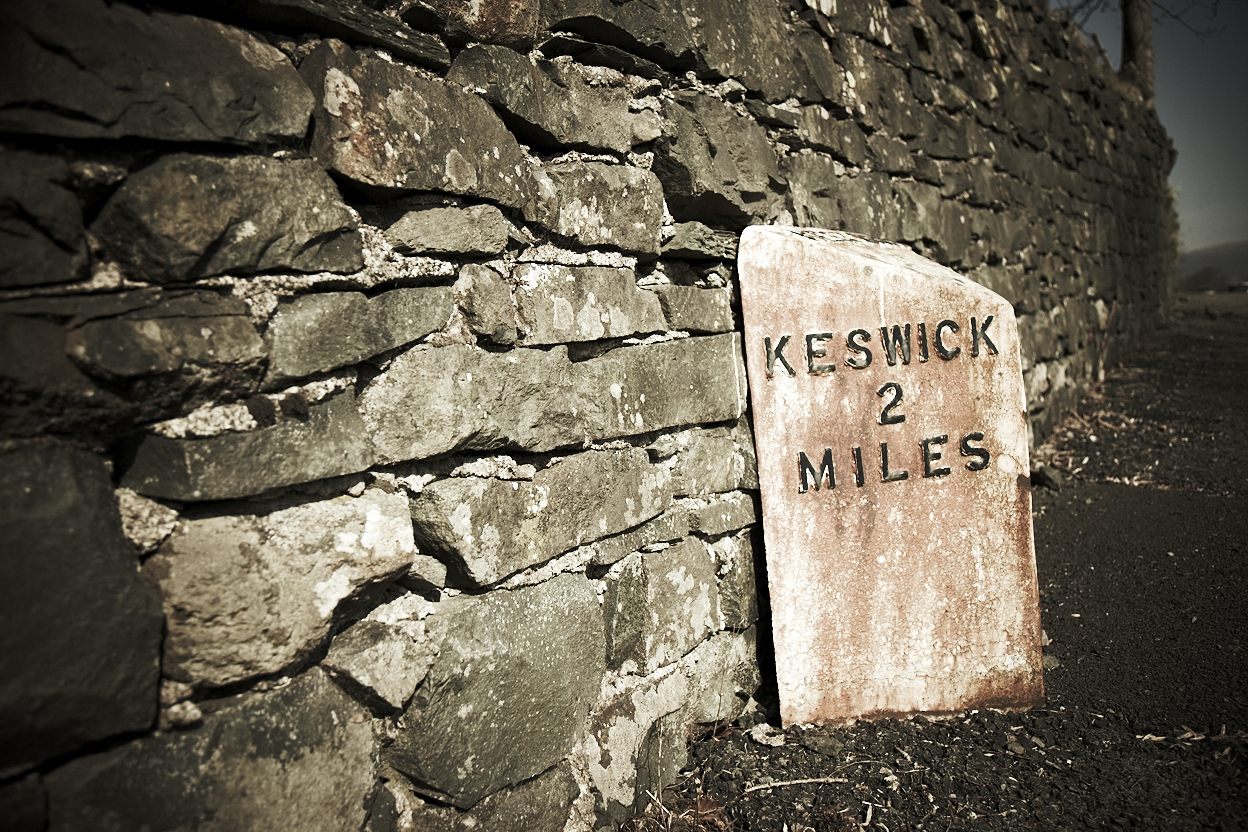
SS: If you could go back in time and experience any moment in style, what would it be?
Millican: Definitely the late 1920’s, early 1930’s. I’m drawn both to the timeless, elegant styles that boomed in the initial era of freedom and success between the two World Wars, and the more sobering, workwear-inspired styles that followed as a result of the Great Depression.
Millican: Definitely the late 1920’s, early 1930’s. I’m drawn both to the timeless, elegant styles that boomed in the initial era of freedom and success between the two World Wars, and the more sobering, workwear-inspired styles that followed as a result of the Great Depression.
SS: Finally, would you be able to share a few address book recommendations with our readers?
Old Town – made to order, workwear-inspired clothing.
Labour and Wait – functional kitchen, home and garden stuff, 18 Cheshire Street, Shoreditch, London, E2 6EH.
Town Mill Bakery – organic bakery in great free-for-all setting, 2 Coombe Street, Lyme Regis, DT7 3PY.
Old Town – made to order, workwear-inspired clothing.
Labour and Wait – functional kitchen, home and garden stuff, 18 Cheshire Street, Shoreditch, London, E2 6EH.
Town Mill Bakery – organic bakery in great free-for-all setting, 2 Coombe Street, Lyme Regis, DT7 3PY.

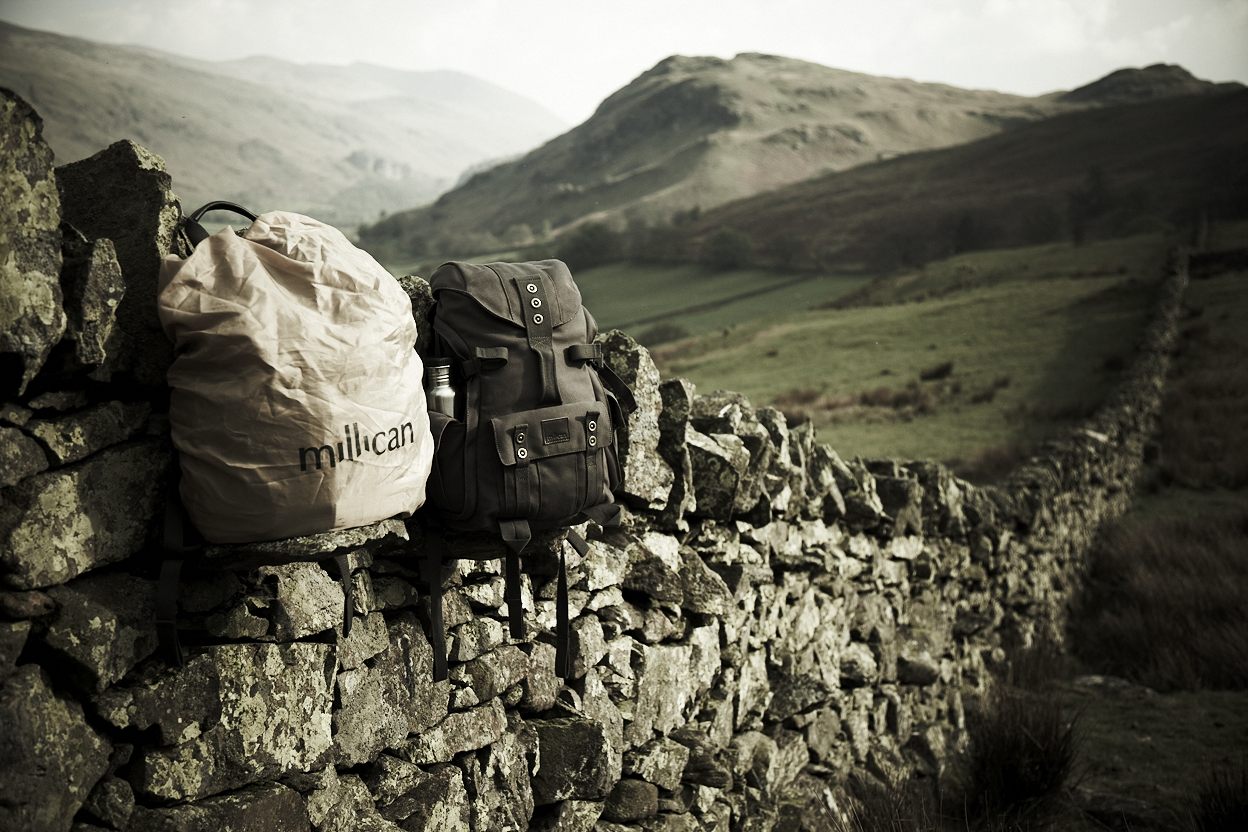
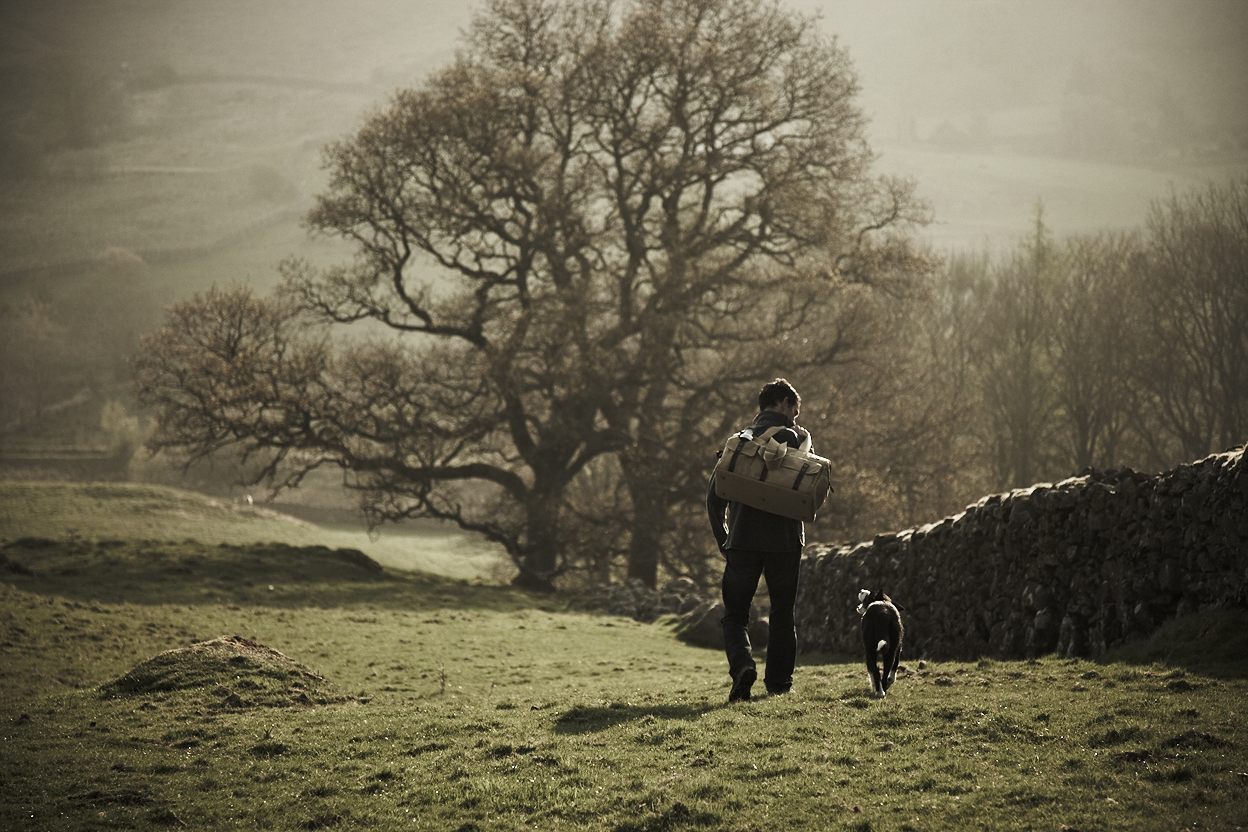
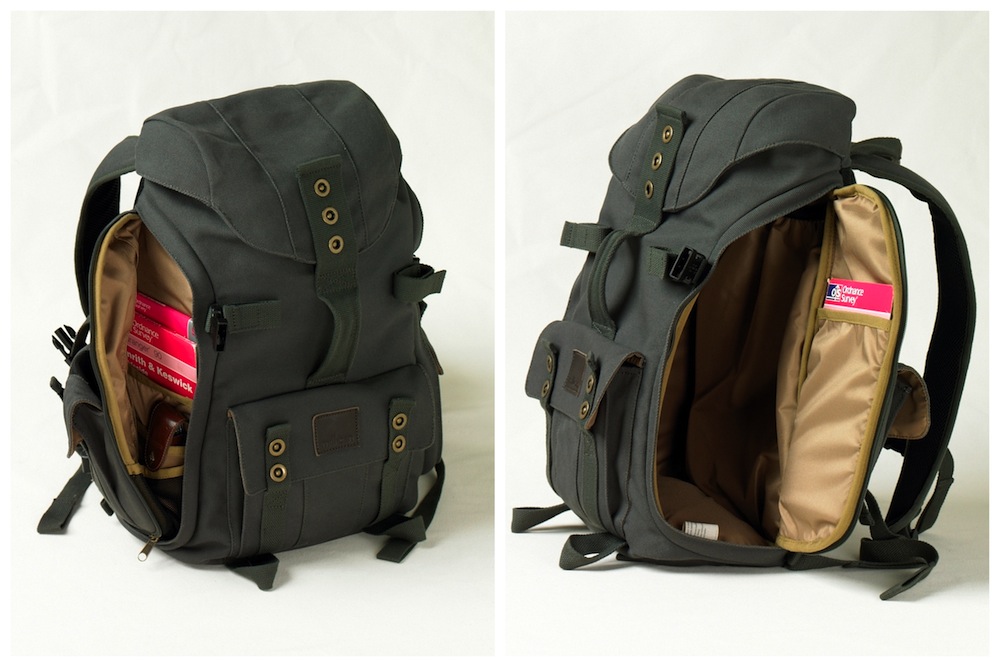
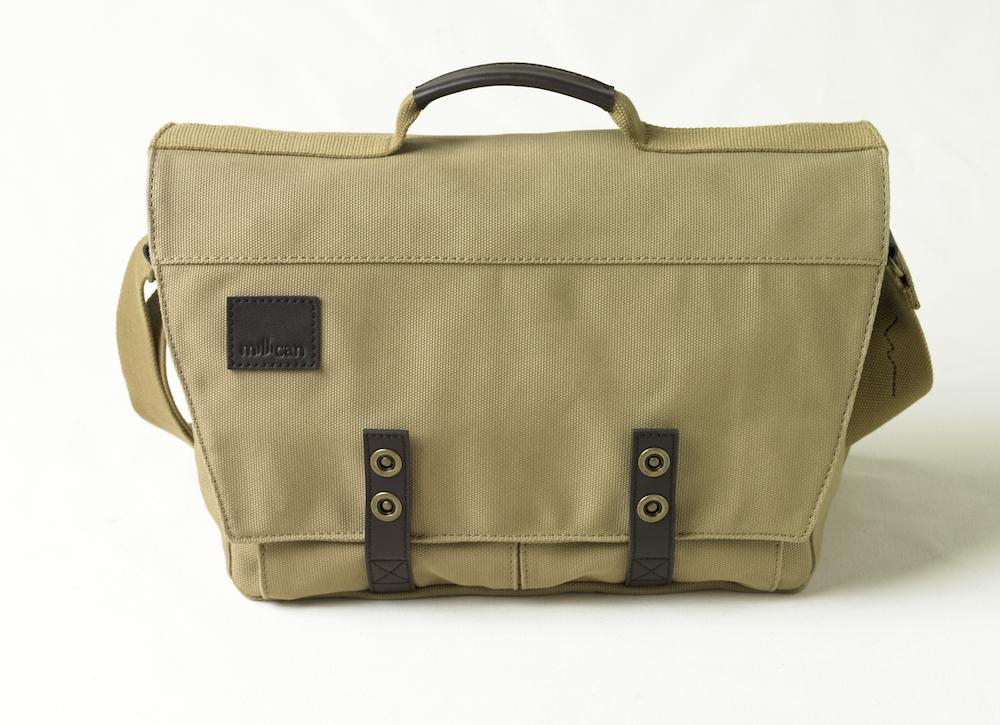
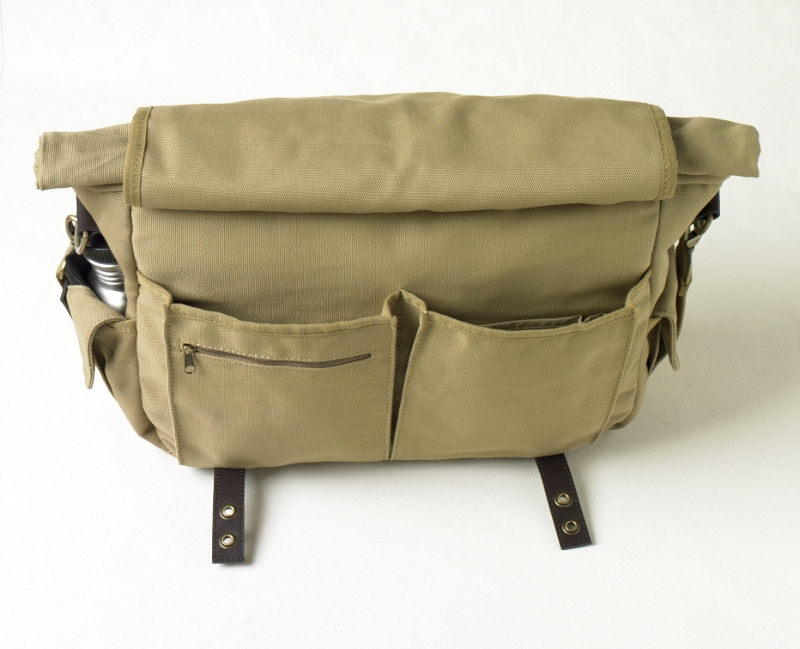

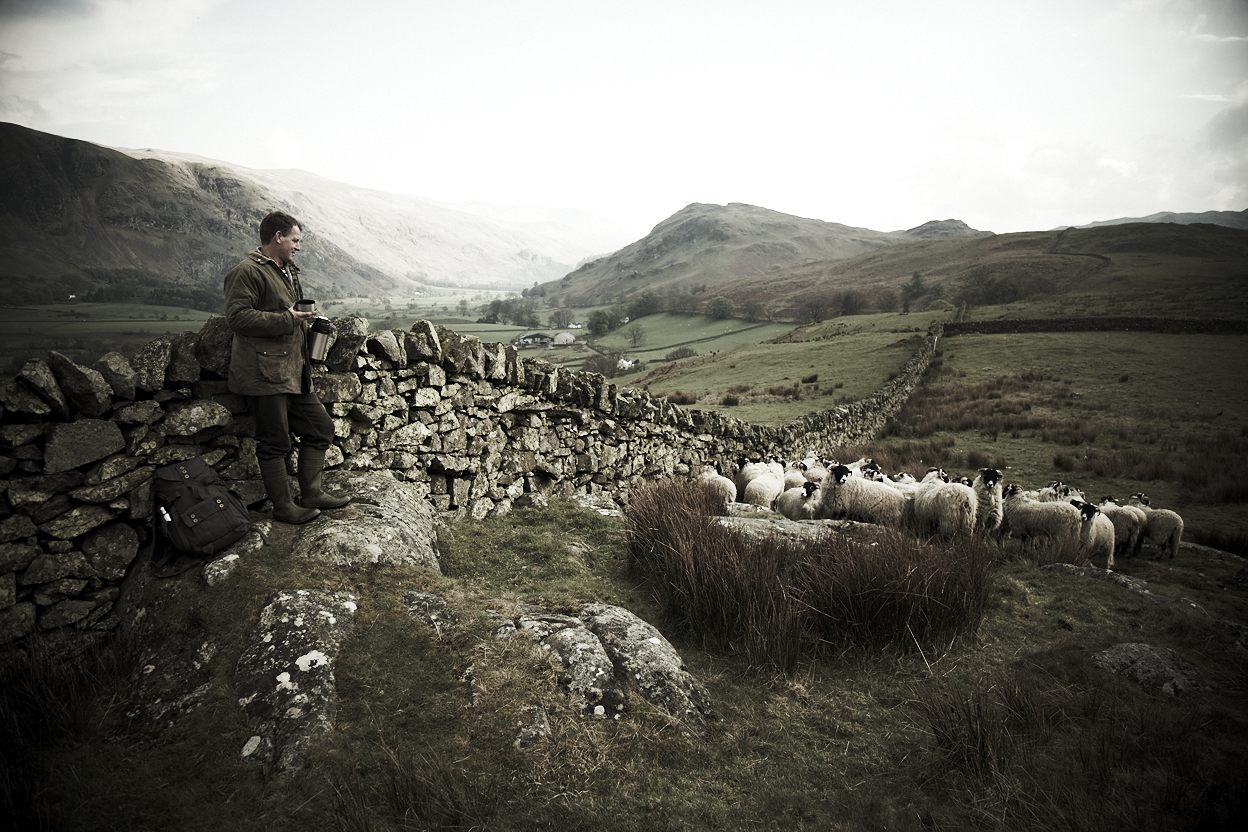

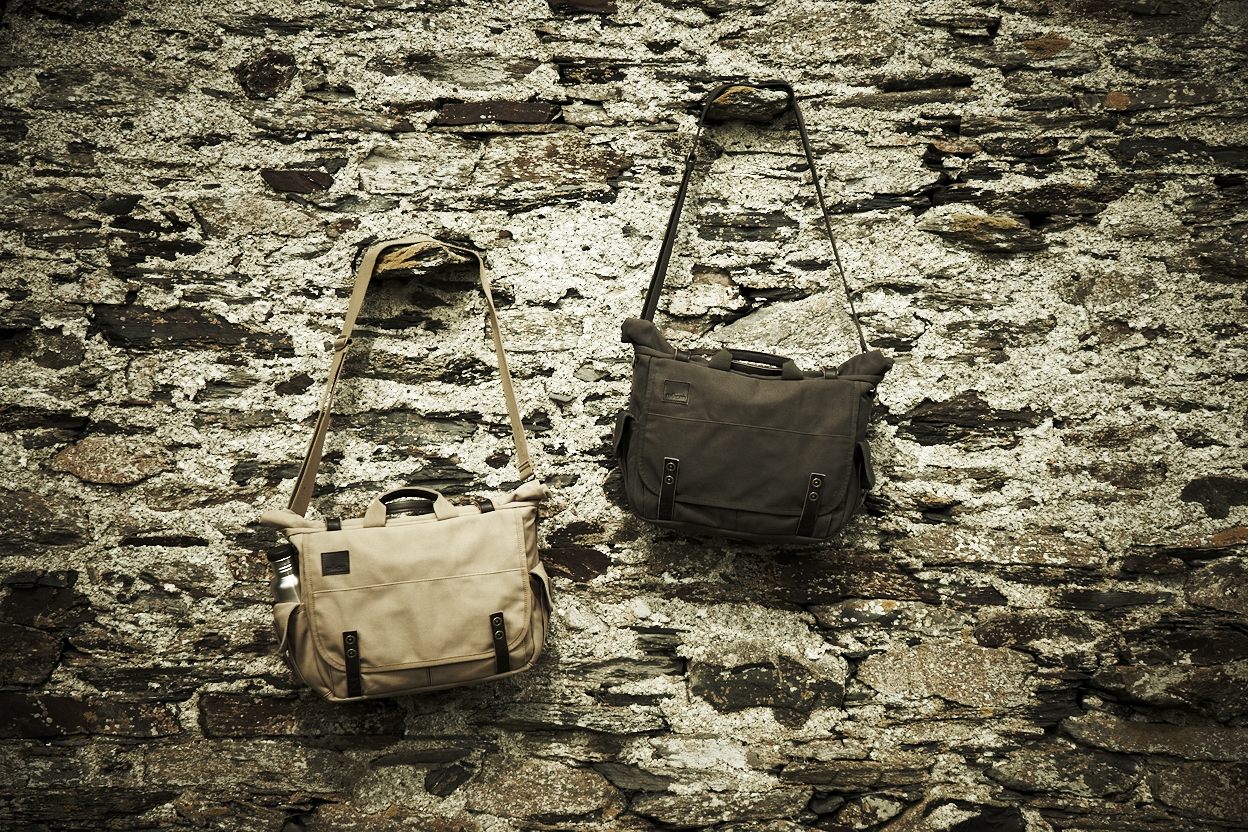
3 comments:
you can't beat a rucksack right now. i can't think of many more practical items that i would be happy wearing every day
Great post, great little brand and a great place to be based (but I might be biased as that's where I'm from).
The shots have made me miss home.
Mat: Exactly and I just love the sense of character that these versions have, I'd like to meet Dave.
Lineage of Influence: Thanks! Oh, you are a lucky man...the Lake District is so much more picturesque than Margate!
Post a Comment